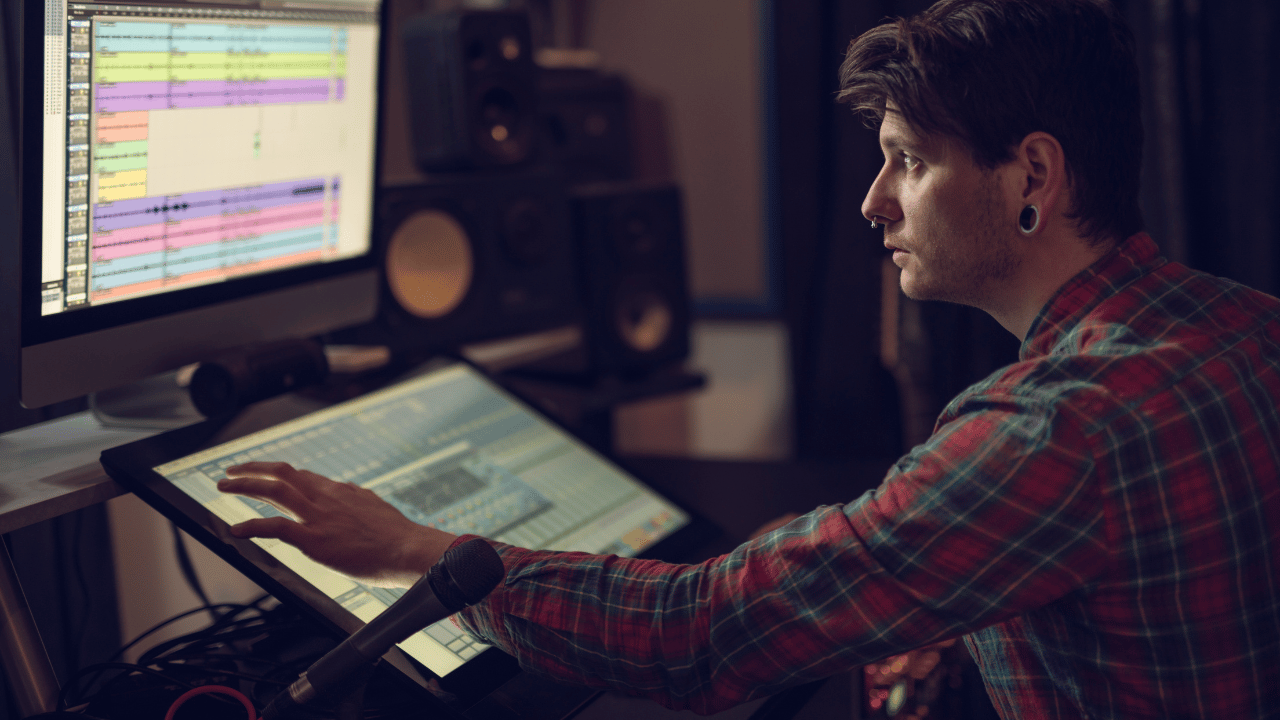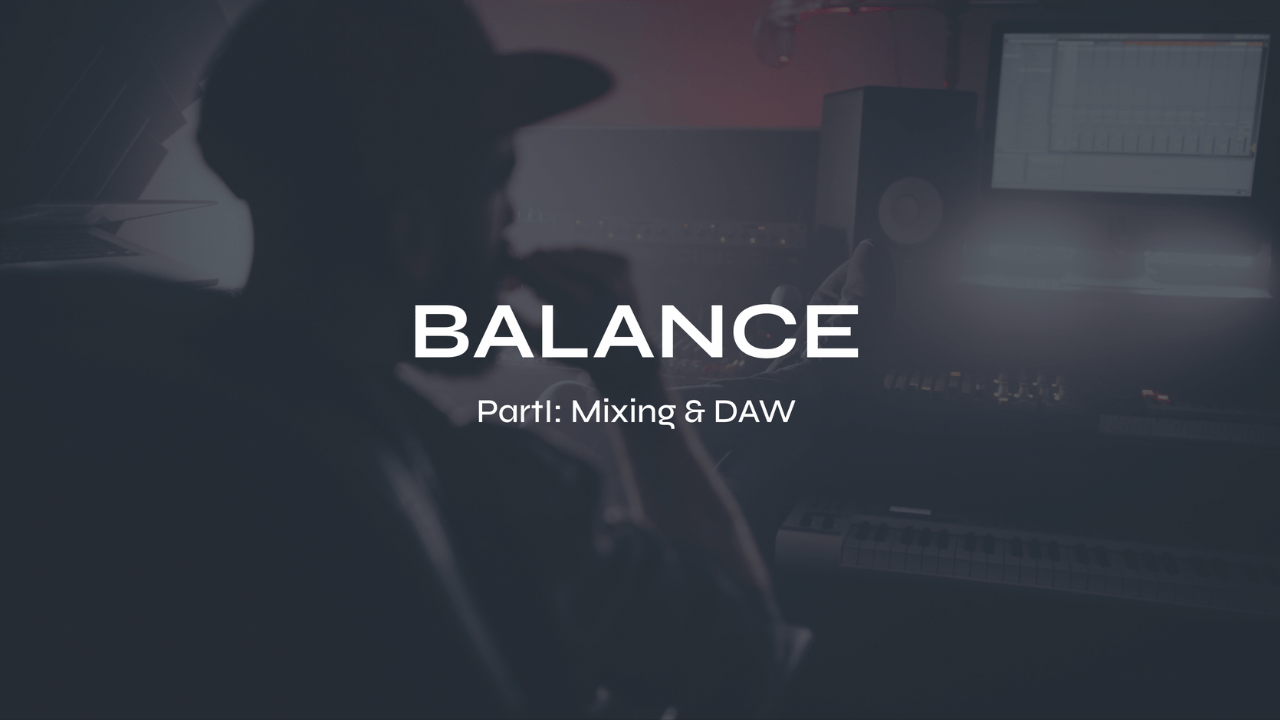5 Essential Mixing Tips for Music Producers

As a music producer, one of the most crucial aspects of creating a professional-sounding track is the mixing process. Mixing is the art of balancing and enhancing the different elements of a song to create an exciting and cohesive final product. It's the stage where you can take your music to the next level and make it sound like a hit. Here are five essential mixing tips that every music producer should keep in mind to achieve a top-quality mix.

Check out my Mixing & DAW live online course
Step 1: Start with Proper Gain Staging
Gain staging is the process of setting the appropriate volume levels at each stage of the mixing chain. It's important to ensure that your individual tracks are not too quiet or too loud, as this can impact the overall balance of your mix. Begin by setting the levels of your individual tracks so that they peak around -6dB to -3dB on your mixer or DAW meter. This will leave you enough headroom for further processing and prevent clipping or distortion.
Step 2: Use EQ to Carve Out Space for Each Element
Equalization (EQ) is a powerful tool in mixing that allows you to shape the tonal balance of your tracks. It's important to use EQ to create space for each element of your mix. For example, if you have a busy mix with multiple instruments playing in the same frequency range, you can use EQ to cut or attenuate frequencies in one track to make room for another. This will prevent frequency masking, where overlapping frequencies can muddy up your mix and make it sound cluttered.

Download my FREE Music Production Resource Guides. Magic settings for EQ, Compression & Reverb.
Step 3: Utilize Compression for Dynamic Control
Compression is a vital tool in mixing that helps control the dynamic range of your tracks. It evens out the levels of your tracks by reducing the volume of loud peaks and boosting the volume of softer parts. This helps create a more polished and controlled mix. When using compression, be mindful of attack, release, ratio, and threshold settings, as these parameters can greatly affect the character and tone of your tracks. Experiment with different compression settings to find the right balance for your mix.
Step 4: Use Panning for Separation
Panning refers to the placement of sounds in the stereo field. Proper panning can create a sense of width and depth in your mix, making it sound more immersive and spacious. Avoid panning all your tracks to the center, as this can result in a narrow and mono-like mix. Instead, experiment with panning instruments to the left, right, or anywhere in between to create a balanced and natural stereo image. Keep in mind that panning can also be used creatively to highlight certain elements or create interesting spatial effects.

Download my FREE Home Studio Setup Guide
Step 5: Use Effects Sparingly and Purposefully
Effects such as reverb, delay, and chorus can add depth, space, and character to your mix, but it's important to use them sparingly and purposefully. Too much reverb or delay can make your mix sound washed out or muddy, while too little can make it sound dry and lifeless. Experiment with different settings and find the right balance that complements your mix. Also, pay attention to the timing and decay settings of your effects to ensure they don't clash with the rhythm and groove of your track.
In conclusion, mixing is a crucial step in the music production process that can make or break the final sound of your track. By following these five essential mixing tips - proper gain staging, using EQ to create space, utilizing compression for dynamic control, paying attention to panning, and using effects sparingly and purposefully - you can achieve a professional and polished mix that will make your music stand out. Remember that practice makes perfect, so keep experimenting, listening critically, and refining your mixing skills to create top-quality tracks that sound great on any sound system. Happy mixing!
Futch - Music Production Coach and Ableton Certified Trainer
Here it is, my live online mixing course: BALANCE Part I:Mixing & DAW
BALANCE Part I: Mixing & DAW live online course
What you’ll get:
9 live online Zoom classes (each class is about 2.5 hours long)
scheduled to match the date & time availability of each cohort
9 on-demand video recordings of each module for review. You will always have access to these videos for reference.
9 module PDF reference guides.
9 assignments to practice what you’ve learned after each module
Quizzes and self-assessments after each module to test your understanding of the concepts.
A growing community of members to exchange feedback, ask questions and collaborate with.
Educational discounts on select plugins and hardware from LEVELS partners for successful (80%) quiz results
100% Money-Back Guarantee - just contact support and let me know before class 5 starts. You will then lose access to everything.






